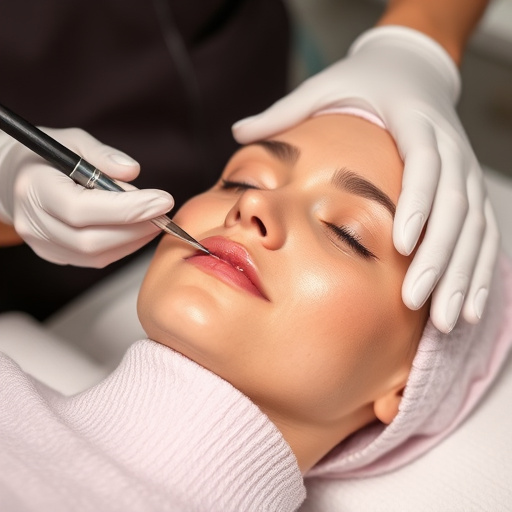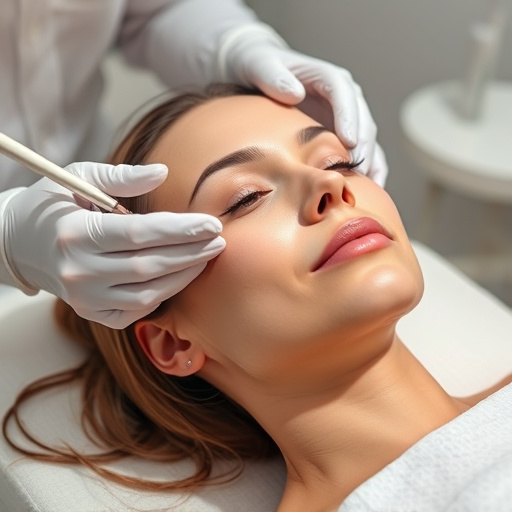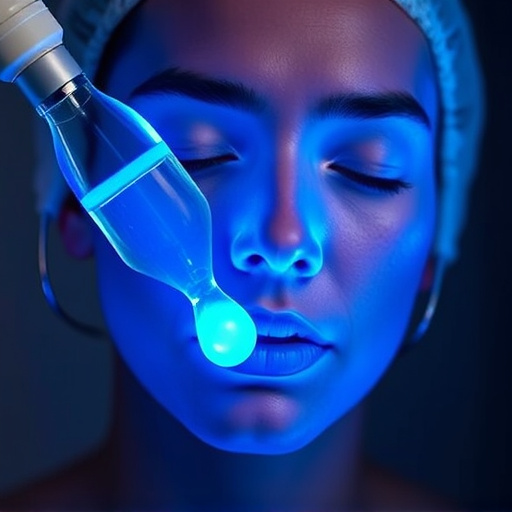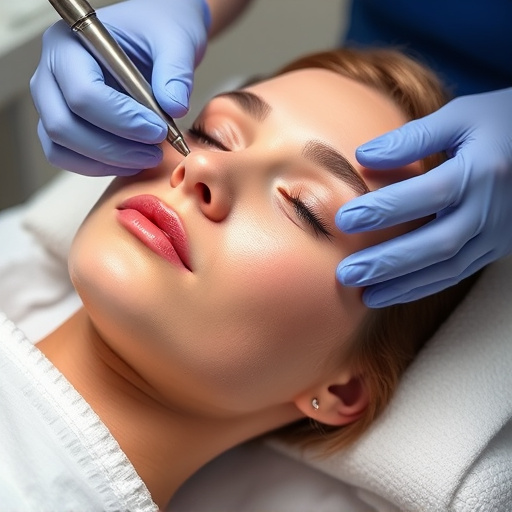Consumers increasingly seek long-lasting results in skincare, favoring sustained benefits over temporary fixes. Personalized skincare reflects this trend, with brands marketing products that stimulate cellular regeneration and offer mechanisms like collagen stimulation. Evaluating products critically involves scrutinizing ingredient lists, focusing on active ingredients supported by clinical studies, and understanding terms indicating long-term benefits. Key components like retinol, peptides, and vitamin C derivatives have scientific backing for anti-aging and skin brightening. Consistent use is crucial for achieving lasting results.
In today’s market, consumers are constantly seeking products that offer long-lasting results. From skincare to household goods, promises of durability and efficacy abound. However, it’s crucial to discern between legitimate claims and marketing hype. This article guides you through three essential steps: understanding consumer expectations for longevity, critically analyzing product claims and ingredients, and assessing the scientific evidence behind long-lasting promises. By following these strategies, you’ll be better equipped to identify truly effective products that deliver on their promises.
- Understand Consumer Expectations for Longevity
- Analyze Product Claims and Ingredients Critically
- Assess Scientific Evidence Behind Long-Lasting Promises
Understand Consumer Expectations for Longevity

In today’s market, consumers are increasingly seeking products that deliver on the promise of long-lasting results. This trend is evident in various sectors, particularly within the realm of skincare and beauty treatments. People want solutions that go beyond temporary fixes and offer sustained benefits. Understanding this shift in consumer expectations is key to identifying products that genuinely aim for longevity.
When it comes to skincare, terms like “chemical peels” and “microneedling therapy” are often associated with long-lasting results. These procedures work by stimulating cellular regeneration and enhancing skin texture. Moreover, the rise of personalized skincare reflects a growing awareness that individual needs vary, leading to tailored treatments for optimal longevity. By keeping up with these trends and recognizing consumer demands, brands can effectively market their products as solutions for lasting effects.
Analyze Product Claims and Ingredients Critically

When evaluating products promising long-lasting results, it’s crucial to approach their claims with a critical eye. Don’t be fooled by marketing jargon; instead, delve into the science behind the product. Examine the ingredient list meticulously. Active ingredients, especially those backed by clinical studies, are more likely to deliver on their promises. Look for terms like “long-lasting hydration,” “sustained protection,” or “continuous repair,” which indicate a commitment to long-term results.
Pay special attention to anti aging treatments and skin rejuvenation formulas that highlight specific mechanisms like collagen stimulation, peptide delivery, or cellular repair. Non-surgical treatments, when formulated with care, can offer significant benefits over time. However, always consider the evidence – or lack thereof – supporting such claims. Be wary of exaggerated promises; genuine long-lasting results come from high-quality ingredients and effective formulations, not magical solutions.
Assess Scientific Evidence Behind Long-Lasting Promises

When evaluating products that promise long-lasting results, especially those marketed for skin health and beauty, it’s crucial to assess the scientific evidence behind these claims. Look beyond catchy slogans and delve into the active ingredients and their proven efficacy. Skincare and beauty brands often make bold statements about longevity, such as improved skin brightening or rejuvenation. However, not all products live up to these promises.
Researching clinical studies and independent reviews is essential to understanding if the product’s effects are supported by science. Active ingredients like retinol, peptides, or vitamin C derivatives have been extensively studied for their potential in anti-aging and skin brightening. These ingredients can offer tangible benefits, including improved texture, reduced fine lines, and enhanced skin tone. But remember, individual results may vary, and consistency of use is key to achieving long-lasting results in skin health and appearance.
When evaluating products that promise long-lasting results, it’s essential to approach these claims with a critical eye. By understanding consumer expectations, scrutinizing product ingredients, and examining scientific evidence, you can make informed decisions and select items that truly deliver on their promises. Stay vigilant, analyze thoroughly, and choose products that are transparent about their benefits for lasting satisfaction.














